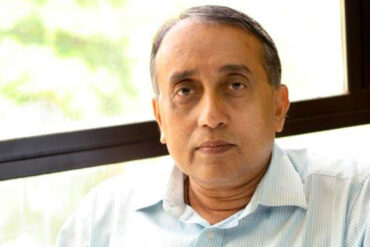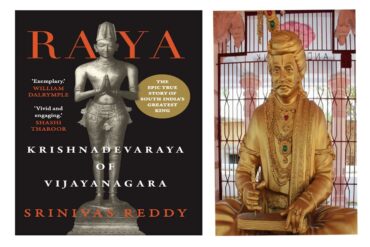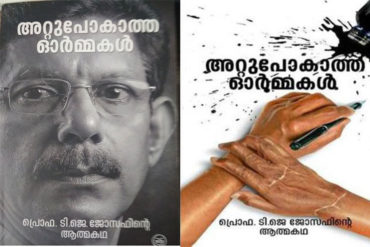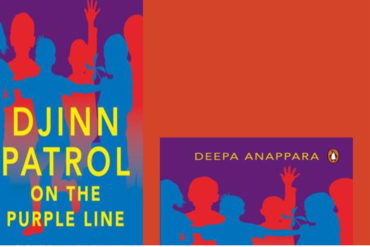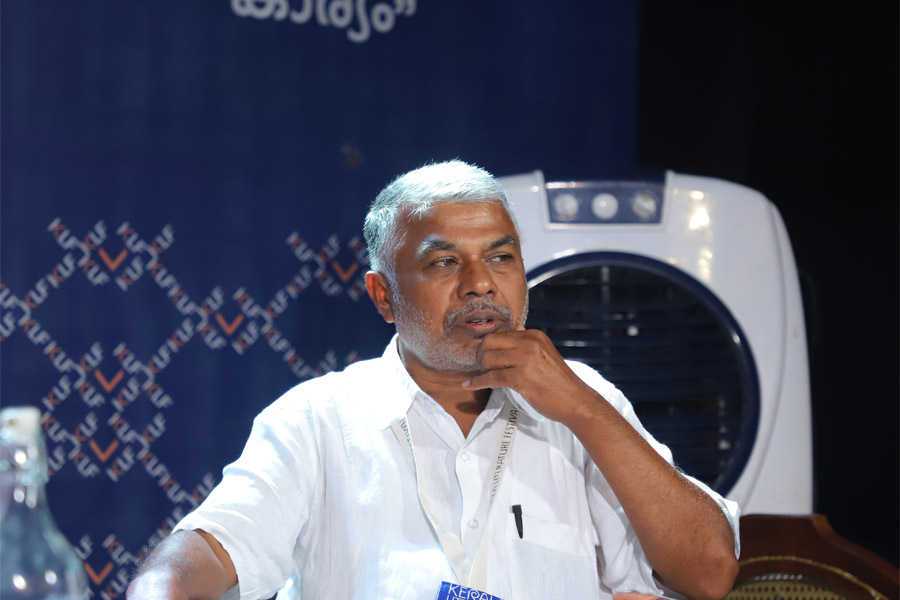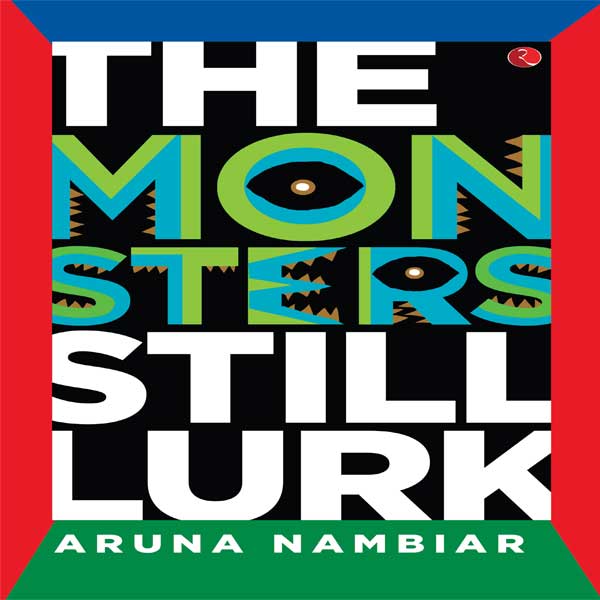It is difficult to imagine your parents as ever having been young, although dog-eared albums of black-and-white studio portraits might suggest otherwise. Those were the days when every roll of film was treated with the utmost respect and every picture taken only after a great deal of forethought and planning—it was not unusual for a roll of thirty-odd photographs to last an entire summer vacation. There were no candid photographs, no question of being captured in anything other than your very best clothes and make-up.
Here is a photograph of a young boy in long flapping shorts worn almost at the chest, standing ruler-straight in front of a velvet curtain with a doleful expression on his face. There is a skinny girl with knobbly knees in a shapeless dress, plaits slung across the back of her head and tied with satin bows, hand resting artfully on a table dressed with a vase of flowers. Here is one of Dad on his graduation, thin as a strand of hair, in thick-framed spectacles and a David Niven moustache. There is Mum in her first sari, copious hair tied back into a luxuriant bun, eyes lined at a rakish slant beyond the eyelids to make them seem doe-like. Them together—Dad suited and bow-tied like some old-time crooner, Mum bejewelled and beflowered, hair in a bouffant of epic proportions, on their wedding day. Then the less-formal photographs—Mum, windblown, her sari billowing around her on a beach, them on the balcony of our house or posing on the blue Rexine sofa which broke a couple of years later after I jumped on it in an extraordinary fit of boisterousness.
My parents grew up in villages not far from each other, in those rambling Kerala houses with high ceilings, infinite rooms and backyards with cows and poultry, with long-suffering retainers and parents who were somewhat distracted and sporadically affectionate. Their childhood stories seemed to be full of adventure—my father getting chased for several blocks by a neighbour’s dog and having to jump into a pond to escape; my mother as a toddler falling asleep in the trough of hay for the cows; a maternal cousin getting vivid flashbacks of a previous life after a bad bout of typhoid; my father’s sister almost falling from the roof of their house where she had climbed on a dare.
To us, in our tiny Bombay flat, their childhood seemed terribly glamorous, compared to our mundane one: school and homework and tuitions, half an hour of cricket in the open parking lot of our building which doubled as a play area for the children, an evening dose of Chitrahaar or Phool Khile Hain Gulshan Gulshan before dinner and bed. The height of adventure was to drink sugarcane juice from the stand on Colaba Causeway, which we had been told would give us typhoid, cholera and, strangely, malaria. Or to eat raw mangoes laced with chilli powder, salt and, according to one school rumour, drugs, from the hawker outside the school gate. (At 50 paise a pop, he might have won a Guinness record as the cheapest drug peddler in the history of the world.)
They met on a summery Sixties afternoon, surrounded by relatives from both families. As Mum tells it, she had her head bent throughout the rendezvous, although not out of coyness as my father insists, but to conceal the giggles welling up inside her at the sight of Dad’s unfortunate sideburns which he was growing in a misguided attempt to be trendy. Since my grandparents were broad-minded people, my parents were allowed a fifteen-minute walk in the garden to talk, no doubt being watched all the time through chinks in the flowered curtains and from shadows against the wall. Here, my father insisted, Mum broke out into a high-pitched version of Teri Pyari Pyari Surat Ko to entice him. This would always elicit sniggers from us, at the very thought of Mum ever being girlish enough to do such a thing. At this, my mother would threaten to show us Dad’s early love letters to her, a threat she used quite regularly when she felt our father had our ear, and Dad would immediately lapse into a thoughtful silence. We would look at his greying head, his veined hands, the hair growing from his nose, his steel-rimmed square glasses, his staid trousers and shirt, and our minds would boggle at the thought of him ever writing love letters, or being serenaded by a girl, even if the girl was Mum.
In any case, they married within a few months and quickly produced the three of us. There are no photographs of my pregnant mother, for it was considered to be something of a condition in those days and not to be talked about until well into the ‘confinement’—it seems unthinkable now when expectant mothers think nothing of baring their swelling bellies in tight tank tops. But there are photographs of us babies in the signature pose of the time—on the belly, head raised towards the camera, goofy grin on the face, butt-naked but for a gold chain around the neck.
My mother, like most ladies of her time, immersed herself in marriage and motherhood. A few extra kilos settled around her slender frame and the plait of her girlhood gave way to a bun at the nape of her neck, secured by bobby pins and, during one regrettable period, kept neat in a hairnet. There was a false-hair phase as well, to make the bun look fuller, but she tired of it soon enough, and the coarse, squirrel-tailesque hairpiece found a starring role in our childhood games instead. Whoever was lucky enough to be playing the villain/Pran/Prem Chopra/Gabbar would be given the hairpiece and some Scotch tape to fashion it into a handlebar moustache, or perhaps into the other hirsute feature deemed to be gravely villainous at the time—the male ponytail.
Mum took to domesticity with ease. She learnt to cook with speed and skill. She took a cooking class and mastered ‘fancy’ recipes like caramel custard and baked vegetables. She enrolled for stitching classes, bought the Usha sewing machine on which she produced blouses for herself and the matching clothes of our childhood. She tried to knit but never managed to finish the sweater she started, and looked on embroidery as the frivolous pastime of the idle. But she did hem skirts and sew in missing buttons, even repaired a collar or two by turning them inside out and reattaching them to the shirt. For, like all mothers of her time, she was a great economizer, exchanging newspapers and old bottles for cash and old saris for vessels, using old biscuit tins for storage and our beyond-repair clothes as rags, coaxing the last bits of toothpaste out of its tube by rolling it out with a glass bottle.
My father earned well enough to lead a comfortable middle-class life, but no more. He did, however, buy a tiny flat in South Bombay—something of a feat, even in those times. The building was called Dove’s Nest, although Pig Sty might have been a more appropriate name. It was tucked in a dodgy little corner off Colaba market and to get to our gate we had to make our way past a lady selling onions, two vegetable stalls, a pile of garbage, a couple of mongrels and a chicken stall. When the wind blew a certain way, the smells from the chicken stall floated into the house, but really, after a while, we hardly noticed it at all. The ground floor of the building was occupied partly by a stationery store, where we bought all our notebooks, the brown paper and plastic to cover them, pens and pencils, colour pencils and paints, crayons and felt pens. The owner, Dineshbhai, always had a pencil behind his ear and kept his right thumbnail an inch long to riffle easily through his cash bundles. Because it was always beautifully manicured and sometimes even decorated with a coat of maroon nail polish, we nicknamed him Flo-Jo, after the runner of that era with the dreadful long nails.
When Dad had bought the flat, Dove’s Nest had been the only building in the area and land had been cheap. But as the city had grown, the locality had also started developing, and the market area had grown around the building. Innumerable trips to the municipal office to complain about the garbage, the unauthorized stalls and the hygiene issues posed by the chicken stall had proved fruitless, no doubt because of the hands already greased by the vendors. So Dad resigned himself to either putting up or moving out.
Being of the ‘finding the silver lining in every cloud’ school of thought, Mum listed the many advantages of living in the area, usually to her sister, my aunt Vimala, who was of the ‘put others down’ denomination: maids available on tap (all one had to do was tell a vendor in the area and one of their wives or daughters would appear at the doorstep in a trice), the shortest grocery-shopping commute ever, good working-class, salt-of-the-earth-type neighbours who didn’t mind if you borrowed a cup of dal and who would feed your children if you found yourself locked out and had to wait until your husband came home from work to be let in.
Nevertheless, all through our childhood, my parents scoured for flats to move to, and every time they would find something somewhat suitable, we would burst into tears en masse at the thought of leaving our familiar neighbourhood. Because we kids loved every inch of it—the fat flower lady who would give a marigold to Sudha every day as she came home from school, the vegetable vendor who practised his entertaining brand of English on us and never minded if an errant cricket ball landed among his brinjals, the stray dogs and cats who appeared at the gate at all hours of the day to be fed and warily petted. We played cricket with tennis balls in the corridors of the building, inciting the spinster in Flat 4 whenever the ball bounced against her door. We learnt to cycle in the stingy little patch of concrete that separated our building from our compound wall and served as a parking lot-cum-play area. We lit phuljhadis and chakras on Diwali and set a curtain on fire once with a misguided rocket. On Holi, we joined the two other children, and the one overenthusiastic uncle in our building to self-consciously smear each other with gulal. During Ganesh Chaturthi, all the vegetable vendors would pool in to buy a humongous idol of Ganesha with a face the colour of onions, and when it was time to immerse it, the fat flower lady and the English-practising vegetable vendor would dance lustily in front of the procession, with hip-shaking moves that really did not belong outside a cabaret.
But Gokulashtami was our favourite festival, because we could lurk on our balcony to hurl water balloons at unsuspecting passers-by, ducking low before they could look up furiously and spot us. There would be two matkas strung up within sight of our building and we would wait all day for the Govindas to come to claim their prize. They were young, thin-limbed men bursting with machismo, strutting down the lane unmindful of, soliciting even, the buckets of water being rained down on them. We would hang over the balcony wall in excitement, our parents holding on to our clothes and limbs, as the Govindas scrambled over each other to form a four- or five-storey human pyramid. They would always fail a couple of times—otherwise, a poor spectacle it would be—and gasps and gleeful cheers would rend the air as the men tumbled down to the road. And then, on the third or fourth attempt, the pyramid would hold and the topmost Govinda would reach for the matka, break it with his hand to the cries of ‘Govinda ala!’ and spray the curd and ghee and money on to the masses huddled below. Finally, he would haul himself on to the wire and drink the dregs of the matka’s contents before releasing the rope and dropping, with full faith, into the waiting hands of his comrades—much as we prayed, the comrades never let him fall with a splat to the ground. Cirque du Soleil be damned, with all its choreographed precision, give me the colour and noise and chaos of Gokulashtami in Bombay any day.
Luckily for us, my father’s budget, although increasing with time, always fell short of the escalating real estate prices, thwarting any real plans to move out. So we continued to live with the smells from the chicken stall, the mangy, potentially rabid dog that roamed up and down the stairs of the building at dawn, the filthy toilet of the stationery stores on the ground floor. Dad’s spare money was diverted to buy a few luxuries instead: a Racold oven which Mum would use all her life to bake her fancy cooking-class recipes in and a clothes dryer which was state of the art at the time but wobbled alarmingly during the spin cycle, emptied the wrung-out water through a rudimentary spout into a bucket and came to a stop only with the aid of a foot-pedal brake and Mum’s steadying hands wrapped tightly around it so it wouldn’t topple over in its dying moments.
It is difficult to explain to my children, with their tae kwon do classes and music lessons, their Xboxes and iPads, what it was like to grow up in that place, in that time. When I recount my childhood stories, they look at me pityingly, trying to decide whether my youth was one of plain deprivation or borderline abuse, and I find that, for a while, they roll their eyes a little less and hold back their sarcasm.
But it was the typical middle-class existence of the time: Dad, the breadwinner, Mum the housewife. The three of us, the archetypal middle-class kids, taking the bus to school in the mornings, coming home with bedraggled uniforms and stains on our shoes. We begged our mother to buy Forhans instead of Binaca so that we could collect the plastic animals that came with the toothpaste, drank Rasna in the summers and spent hours trying to figure out the Rubik’s cube. Later, we rocked to Deep Purple and Dire Straits, and fell in love with Sadhana Srivastava on Doordarshan and Brooke Shields in Blue Lagoon. (Although, in Sudha’s case, it was Kumar Gaurav in Love Story and Imran Khan in tight white pants.)
Let me say this: Our lives were far from uneventful, but whatever happened until then changed our lives only in ways we expected. Govind, who was always the achiever of the three of us, got into the prestigious IIT Bombay; Sudha got married, to a doctor no less, and quickly produced two children—twins, a boy and a girl, a feat of gynaecological symmetry that made her quite envied in the extended family; I, contrary to all expectations, managed to get an engineering seat without having to shell out a small fortune in capitation fees. Even when Govind sailed through IIT and got admission for further studies in a reputed university in the United States, it was certainly a milestone for the family but only in a way that was hoped for and cautiously expected.
There was a touch of sadness, yes, a feeling of a chapter being closed, a new era dawning, but only in a circle-of-life kind of way. He left draped in a maroon velvet jacket that Mum and Dad had deemed appropriate for formal wear (‘I stood outside a hotel and they thought I was a bell boy,’ Govind would complain quietly to me later), and armed with a suitcase full of sweaters and thermal underwear, six-months’ worth of murukku, mixture, chilli powder, turmeric powder and hand-ground garam masala, and an unused diary from 1978 in a brown plastic jacket filled with recipes of all his favourite dishes.
We were an ordinary family, with conventional lives. We were mostly happy, but always cautious of too much happiness. We were hardly religious, just pious enough to keep us on the straight and narrow. We bickered a little but would never have thought to be estranged. We feared illness and anticipated eventual death, but we expected life to follow a certain path, a particular schedule.
Until…
Excerpted with permission from The Monsters Still Lurk by Aruna Nambiar, published by Rupa, July 2019

